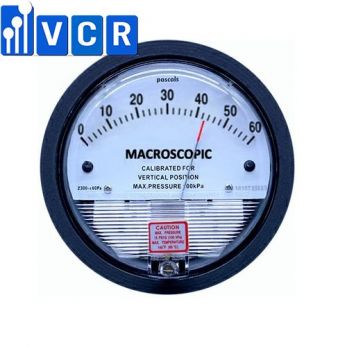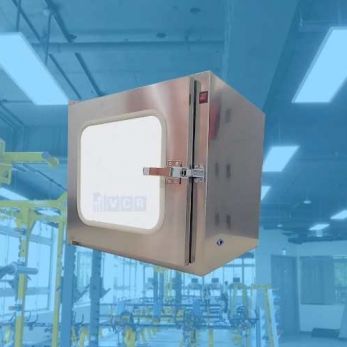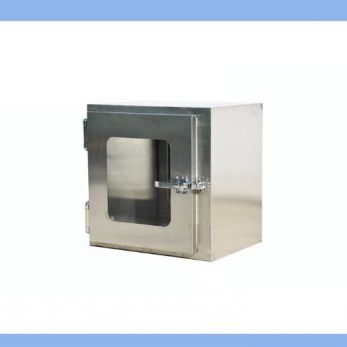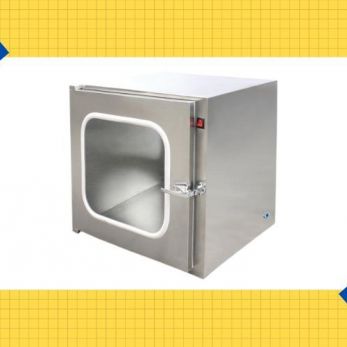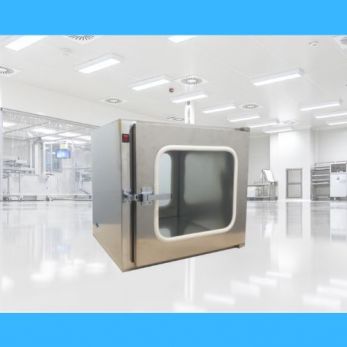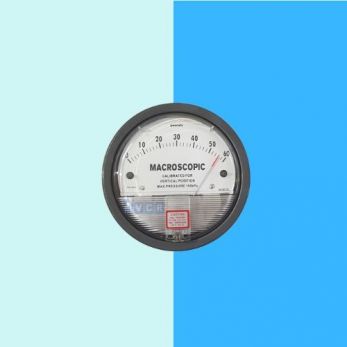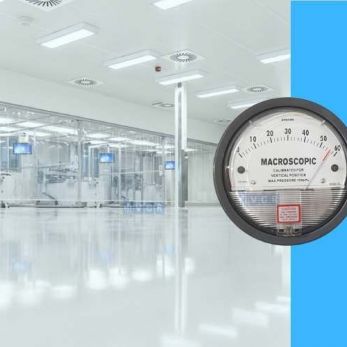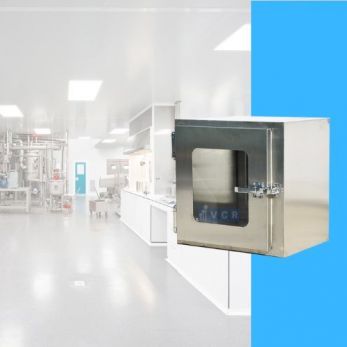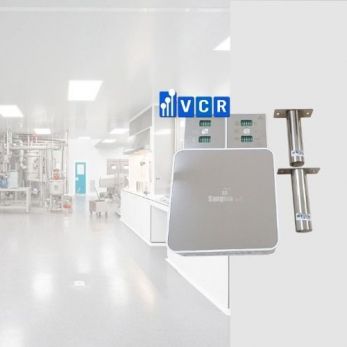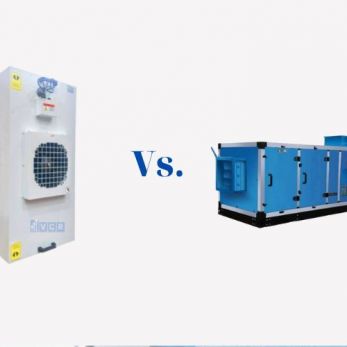Cleanroom Isolators
An isolator is a type of clean air device that creates an almost complete separation between a product and its production equipment, technical personnel, and surrounding work environment. Isolators are generally used in applications requiring a high
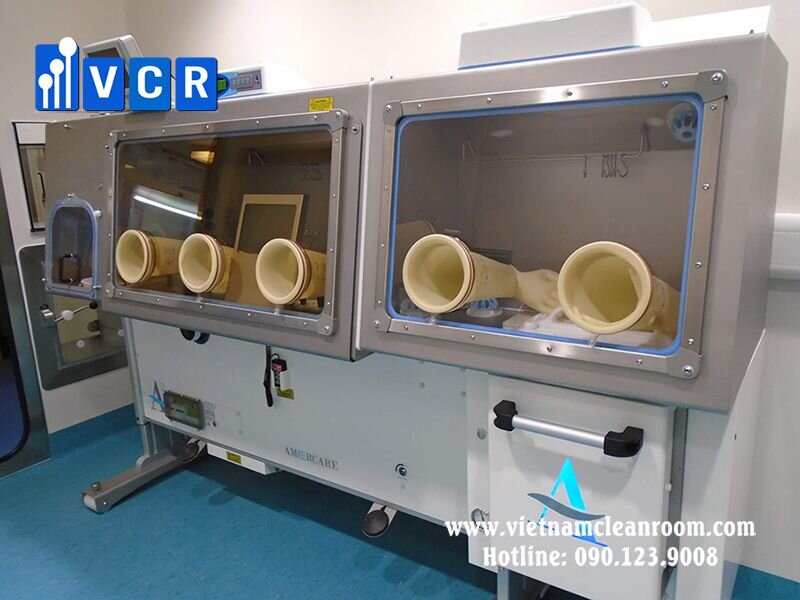
Cleanroom Isolators
In an industrial cleanroom environment, unidirectional air flow can provide a component or process with protection from airborne contaminants, but additional measures may be required to block these types of contaminants in certain applications. Barriers between the contamination source and the process, product, or personnel in the cleanroom can effectively shield sensitive elements. In addition to cleanroom garments, curtains, and structures, clean air devices, such as transfer hoods, safety cabinets, and isolators can be used to achieve the necessary level of contaminant control. These devices usually have their own air filtration units independent of cleanroom ventilation and can provide workspaces that are some degree cleaner than the larger cleanroom itself.
An isolator is a type of clean air device that creates an almost complete separation between a product and its production equipment, technical personnel, and surrounding work environment. Isolators are generally used in applications requiring a high degree of protection from external elements or contaminants, and they can also serve as alternatives to sophisticated cleanrooms. Isolators typically feature built-in air filtration systems capable of significantly lowering a particle count in an enclosed area, and their relatively compact size makes it easier to clean their interiors with gas or vapor sterilizing agents. A light positive air pressure is maintained to prevent the entrance of contaminants from any openings, while worker activities are conducted through sealed glove assemblies.
Isolator Configurations
The majority of isolators come in either a closed or open form. Closed isolators are completely sealed, blocking any contaminated or unfiltered air from entering the enclosure during operation. These units provide the most effective protection from airborne impurities, but can be relatively slow for production or processing work. Open isolators are more commonly used for aseptic procedures involving products or product components continually entering and exiting the workspace through a port. This specialized port is designed to prevent ambient air from entering the isolator enclosure by providing a steady outward flow of filtered air. When the interior of the isolator is undergoing decontamination, the exit port must typically be sealed up until the procedure is complete.
Filling and Transfer Processes
During filling operations in an isolator, sterilized products or containers are transferred into the unit through rapid transfer ports, airlocks, or similar controlled openings. Rapid transfer ports sometimes feature systems for sterilizing incoming components using heat. A transfer isolator is a specialized type of mobile enclosure that can be used to transport sterilized products or containers without degrading their sterility levels. In a typical procedure, a transfer isolator is loaded with sterilized goods at a sterile preparation area and then docked to an isolator transfer port, which encloses the filling machinery. A remote control system can be used to move the sterilized products from the transfer unit to the filling machinery. In addition, isolators can also be employed for aseptic medical device assembly and sterilized environment testing. Controlled Environment Magazine provides information on dealing with residue in aseptic manufacturing applications.
Manual Operations
In isolator processes requiring manual control, workers can typically gain access to the products within the enclosure through the use of a half-suit or glove ports. The half-suit is an airtight protective garment attached to a sterilized isolator chamber and can normally be entered from below, while glove ports are airtight sleeves into which technicians can place their arms and hands in order to physically manipulate an isolator product or sterilized instruments. These manual access systems are often necessary even in automated isolator operations because isolator equipment may require maintenance, adjustments, or repair during production runs. In general, manual access through the glove ports should be kept at a minimum because glove failures, such as rips or pinhole openings, present the most common risk of contamination for sterilized materials.
Advantages and Limitations
Isolator systems can provide an alternative to the standard International Organization for Standardization (ISO) Class 5 cleanrooms used in aseptic filling applications. An isolator can be installed in a Class 6 or 7 cleanroom, precluding the need to build a Class 5 facility to provide an aseptic work environment and without compromising sterility and contaminant protection levels. Isolators are usually easier to decontaminate, monitor, and offer a high degree of sterility assurance. However, isolators have limited flexibility and their physical requirements can call for significant planning. The enclosed machinery in an isolator system needs to be highly reliable in order to avoid frequent maintenance and the isolator design should provide easy access through glove ports or half-suits to enable adjustments during production. In addition, isolators used in continuous manual operations usually need to be configured to allow for worker comfort.
Source www.thomasnet.com







